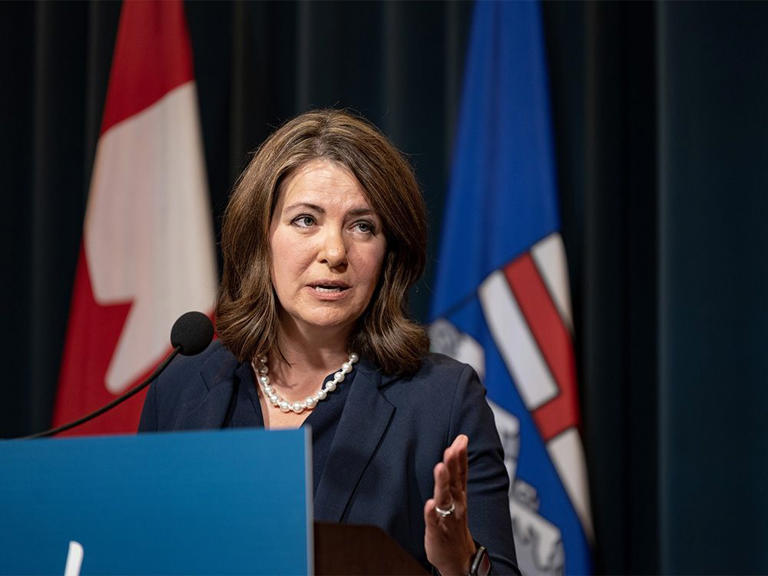The Canadian Press
Mon, August 21, 2023 at 11:09 a.m. MDT·3 min read

TORONTO — Dozens of workers at Ontario’s public broadcaster walked off the job Monday morning after months of bargaining.
"We're living in a time where hard work is not paying off the way it used to for previous generations," said Meredith Martin, TVO's branch president with the Canadian Media Guild (CMG).
The union represents around 70 journalists, producers and education workers at the Ontario organization. Some employees at the broadcaster are represented by Unifor and are not part of the current bargaining process.
Earlier in August, almost 96 per cent of CMG members at TVO rejected an offer from the employer. The workers have been in a legal strike position since Friday morning.
One of the main sticking points is the use of contracts to fill permanent positions, the union previously said. It has also said the wages on offer are well below what’s needed for workers to catch up to the surging cost of living.
Members have received below-inflation wage increases for the past 10 years, CMG said in a previous press release, including three years of wage freezes.
The union says they deserve meaningful increases after seeing their wages capped by the one per cent limit imposed by Ontario provincial wage restraint law known as Bill 124, which capped salary increases for broader public sector workers at one per cent a year for three years. The law was declared unconstitutional last year, though the province has appealed.
Last Tuesday, the union said the wage increases on offer amounted to 2.75 per cent, 2.5 per cent, and 1.75 per cent increases over three years with a potential 1.75 per cent raise for a fourth year.
That's unchanged, said Martin.
TVO has been negotiating for months to find an agreement that is fair for employees and is "respectful of the public and donor dollars TVO manages," the organization said in a press release Monday.
"While it is unfortunate that we have not yet been able to come to a collective bargaining agreement with our CMG employees, TVO Media Education Group remains committed to continuing discussions with CMG and finding a resolution," CEO Jeffrey Orridge said in the release.
TVO viewers may notice changes to upcoming current affairs content, but will be able to watch other programs and documentaries as well as access content on TVO's app, website and newsletter, and education content on platforms like TVO Learn, the organization said.
TVO airs current affairs shows including “The Agenda with Steve Paikin,” but also has a mandate to provide learning resources that follow the provincial school curriculum.
The Ministry of Education has given an order to only create temporary contract jobs at TVO, even for permanent work, the union said in a previous release, adding that it has been told it won’t get a deal without this concession.
“These are public sector jobs that the government is trying to turn into gig work and CMG members at TVO cannot abide it,” the union said in a statement on Tuesday.
“By keeping workers in precarious contracts, TVO is denying workers health benefits, dismantling job security, and impairing the stability needed to deliver strong public services for all Ontarians.”
Some striking Metro workers were at the picket line Monday morning outside TVO's headquarters in solidarity, said Martin.
The Canadian Media Guild also represents some employees at The Canadian Press.
This report by The Canadian Press was first published Aug. 21, 2023.
Rosa Saba, The Canadian Press













